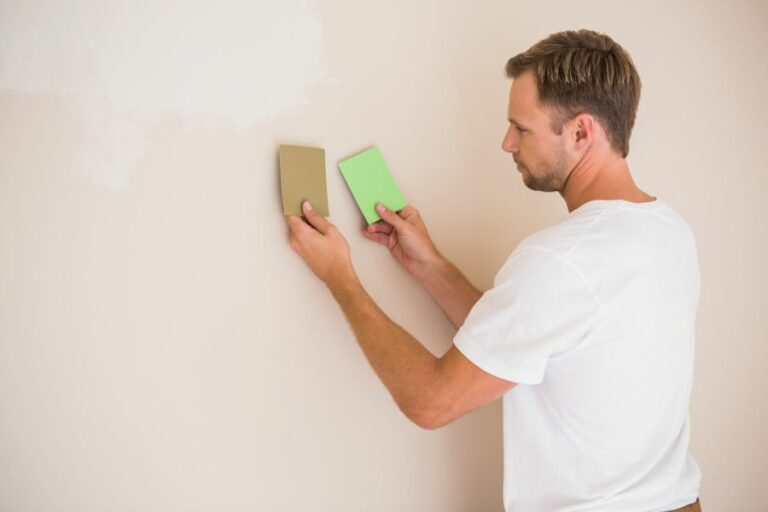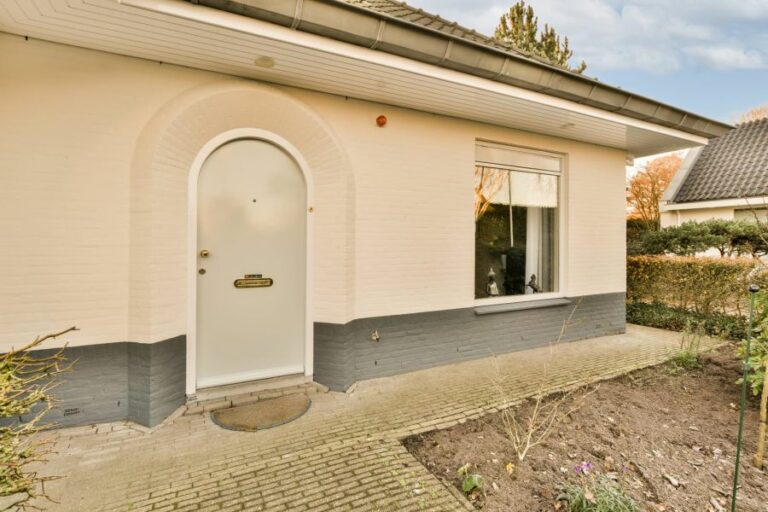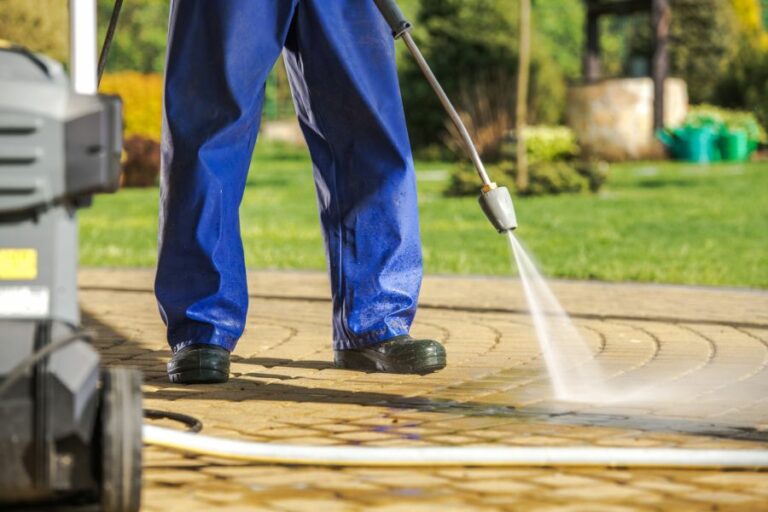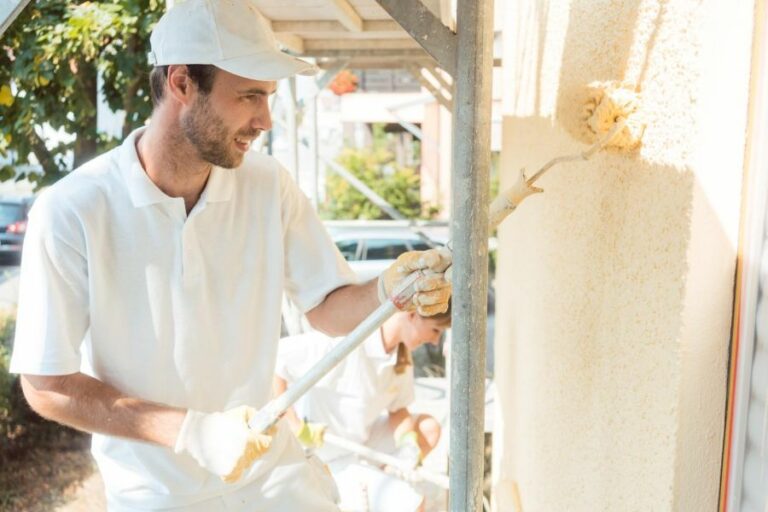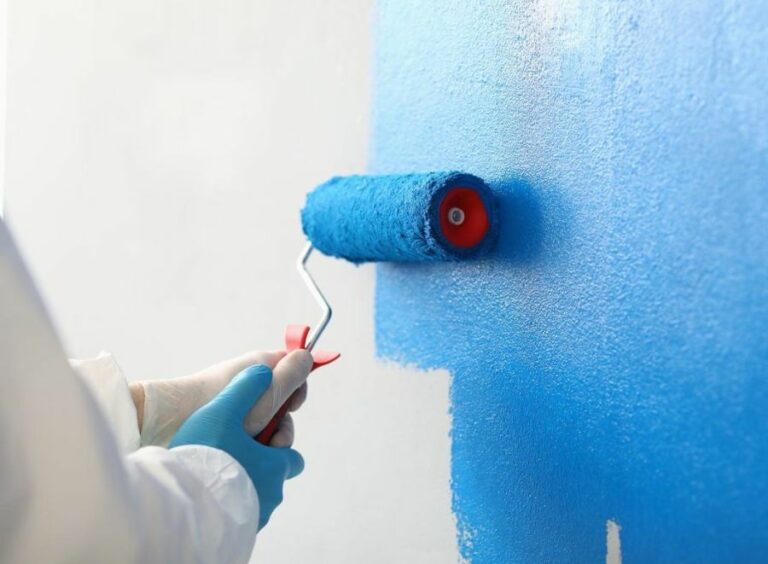Pre-Surface Prep Strategies For Dryness. What Pros Say
Are you tired of dealing with dry surfaces that just don’t seem to cooperate? You’re not alone, and we’ve got the perfect solution for you. Our proven pre-surface prep strategies for dryness can alleviate your concerns and leave your surface looking and feeling great.
Pre-surface prep strategies for dryness:
Pre-surface preparation strategies for dryness involve assessing surface moisture, choosing appropriate drying techniques (natural drying, forced drying, or desiccant drying), and implementing surface preparation methods like cleaning, abrasive blasting, and grinding or scarifying. Proper preparation ensures optimal adhesion and prolongs substrate life.

Unlock the secret to perfect surface preparation with our pre-surface prep strategies for dryness. Dive deeper into understanding the role of moisture, materials, and methods that ensure optimal results. Let’s embark on this journey together and uncover the best ways to achieve a flawless finish. Read on!
Contents
Dryness Strategies for Pre-Surface Preparation
• Importance of Proper Surface Preparation
Dryness is a critical parameter when it comes to any surface preparation process. Failure to achieve the appropriate level of surface dryness can lead to poor adhesion, delamination or failure of coatings, and even structural damage to the substrates.
• Assessing Surface Moisture
Before applying any coating or treatment, it is crucial to assess the moisture content of the surface. Concrete, wood, and other porous materials can retain moisture, even if they appear dry to the eye. To accurately measure moisture content in various materials, you can use the following devices:
- Moisture meters (e.g., for wood surfaces)
- Calcium chloride test (for concrete surfaces)
- Hygrometers (to measure relative humidity)
• Drying Techniques for Surface Preparation
Choosing the appropriate drying technique is vital for achieving the desired level of dryness. Selecting the wrong method may result in drying the surface too quickly or too slowly, leading to various issues like cracks or trapped moisture.
– Natural Drying
In some cases, allowing a surface to dry naturally is sufficient. Ventilation and airflow are essential for promoting natural drying, while temperature and humidity can determine the rate at which moisture evaporates.
Recommendation: It is best to leave several days or even weeks for natural drying, depending on the thickness and type of material.
– Forced Drying
Accelerating the drying process by using fans, heaters, or dehumidifiers can be useful for tight schedules. However, it is essential not to rush the process, as this can cause damage to the substrate.
Recommendation: Monitor moisture content frequently and adjust heating or drying equipment accordingly.
– Desiccant Drying
Desiccant materials, such as silica gel, can help absorb moisture from substrates, making them ideal for applications where aggressive drying methods may cause harm.
Recommendation: Desiccant drying is best suited for fragile materials like wood or delicate concrete surfaces.
• Surface Preparation Techniques
To achieve the best results, the following techniques can aid in promoting dryness and ensuring proper adhesion of coatings or treatments to the surface.
– Cleaning
Removing dirt, dust, and grease from surfaces ensures better adhesion of coatings while promoting uniform drying.
Recommendation: Use suitable cleaning agents according to the substrate material and follow the manufacturer’s instructions.
– Abrasive Blasting
Blasting surfaces with various media, such as sand or steel shot, can help remove surface contaminants, giving the substrate a dried profile and enhancing the adhesion of coatings.
Recommendation: Only use abrasive blasting when it is suitable for the substrate material, and follow all safety guidelines.
– Grinding and Scarifying
Grinding and scarifying machines can be used to remove surface irregularities, roughen the substrate, and promote drying.
Recommendation: Do not over-grind or scarify surfaces, as this can damage the material and compromise its integrity.
• Conclusion
Proper surface preparation is vital for achieving satisfactory dryness and ensuring the success of any coating or treatment. Measuring moisture content carefully, selecting appropriate drying methods, and employing the relevant surface preparation techniques are essential steps in achieving optimal results.
By following the strategies outlined above, you can significantly increase the chances of a successful application and prolong the life of your substrate.

